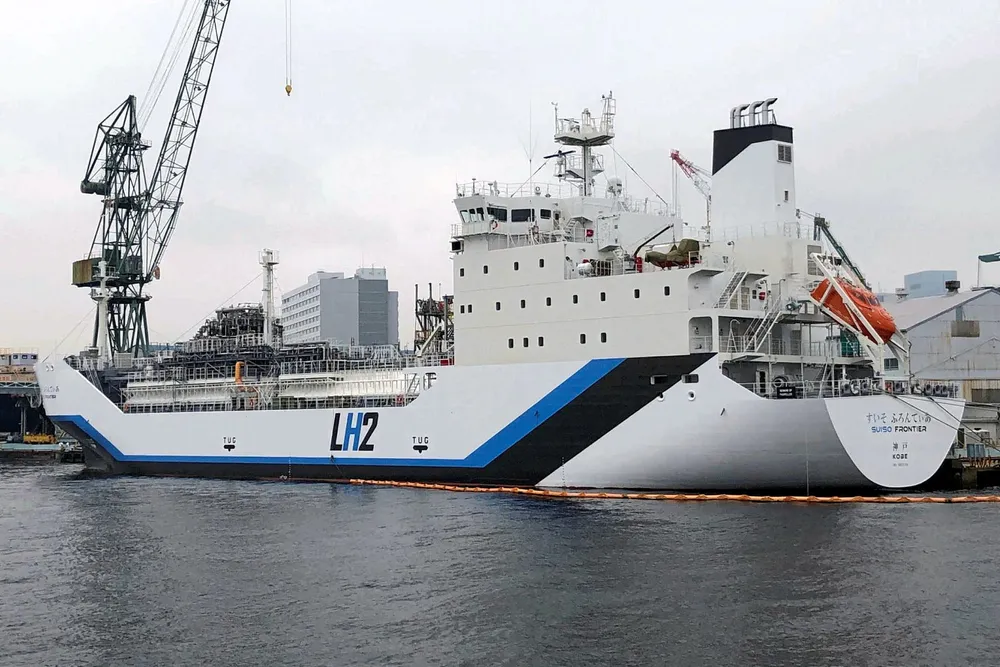World's first shipment of liquefied hydrogen set to leave Australia for Japan
Pilot project could lead to eventual commercial scale development shipping 225,000 tonnes of liquefied hydrogen per annum from Victoria

Pilot project could lead to eventual commercial scale development shipping 225,000 tonnes of liquefied hydrogen per annum from Victoria
